Anguilla travel tips
Anguilla travel tips: Serene Caribbean island with pristine beaches, turquoise waters, and a tranquil atmosphere, offering a luxurious and laid-back escape.
Districts 🌎
Anguilla travel tips. Here is a list of all the districts of the Anguilla.
Before you go 🛩
Important information you should know before your trip
Info
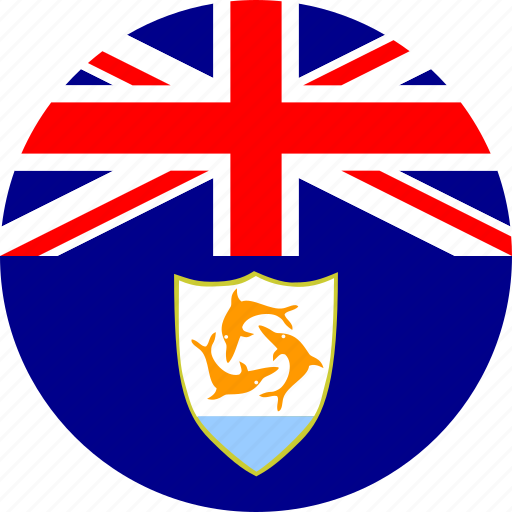
Capital | The Valley
Flag Codes
ISO alpha-2 AI, ISO alpha-3 AIA
Currency
Badge | Eastern Caribbean Dollar
CODE | XCD
NUMBER | 951
SYMBOL | $
FRACTION | Penny
Mobile Coverage
Dialing Code | +1-758
SIM Card
Coverage
3G / 4G / 5G
Mobile Networks |
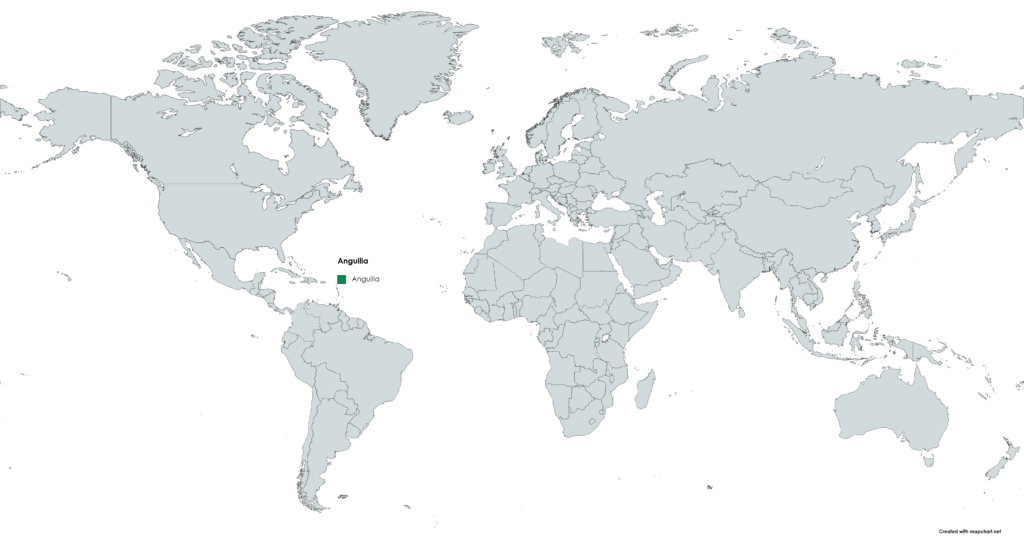
Location
Anguilla is a small island territory located in the northeastern Caribbean Sea. It is part of the Lesser Antilles and is situated in the Leeward Islands, which are located to the east of Puerto Rico and the Virgin Islands.
Geographically, Anguilla is positioned at approximately 18.2206 degrees north latitude and 63.0686 degrees west longitude. The island is relatively flat, with its highest point, Crocus Hill, reaching just 65 meters (213 feet) above sea level.
Anguilla is located approximately 260 kilometers (160 miles) east of Puerto Rico and about 16 kilometers (10 miles) north of the French overseas collectivity of Saint-Martin/Sint Maarten. It is also situated northwest of the larger island of Saint Kitts and Nevis. The island’s coastline features numerous beaches and is surrounded by the azure waters of the Caribbean Sea.
Currency
The currency of Anguilla is the Eastern Caribbean dollar (XCD). The Eastern Caribbean dollar is the official currency of several countries in the Eastern Caribbean region, including Anguilla, Antigua and Barbuda, Dominica, Grenada, Montserrat, Saint Kitts and Nevis, Saint Lucia, and Saint Vincent and the Grenadines. The currency is denoted by the symbol “$” or “EC$” and is subdivided into 100 cents. The Eastern Caribbean dollar has a fixed exchange rate of 2.70 to the United States dollar. While US dollars are widely accepted in Anguilla, it is recommended to have some local currency for small purchases and transactions.
Languages
The official language of Anguilla is English. English serves as the primary language for communication, government, education, and business in Anguilla. As a British Overseas Territory, Anguilla has strong historical ties with the United Kingdom, and English is the legacy of British colonization. English is spoken by the majority of the population, making it easy for visitors and locals to communicate effectively in the country.
Climate 🌡
Anguilla has a tropical maritime climate, characterized by warm temperatures and relatively consistent weather throughout the year. Here are some key features of the climate in Anguilla:
Warm Temperatures:
Anguilla experiences warm temperatures year-round, with little variation between seasons. The average temperature ranges from around 26°C (79°F) in the winter months to 30°C (86°F) in the summer months.
High Humidity:
The climate in Anguilla is typically humid, especially during the summer months. Humidity levels can be high, particularly in the rainy season.
Dry and Wet Seasons:
Anguilla has a distinct dry season and a wet season. The dry season generally occurs from December to April, while the wet season spans from May to November. The wettest months are usually September and October.
Rainfall:
The wet season in Anguilla brings the majority of the island’s rainfall. During this time, brief but intense showers and thunderstorms are common. The annual average rainfall in Anguilla is around 1,000-1,200 millimeters (40-47 inches).
Trade Winds:
Anguilla benefits from the cooling trade winds that blow from the northeast. These winds provide relief from the heat and contribute to the pleasant climate on the island.
Hurricane Season:
Like many other Caribbean islands, Anguilla is susceptible to hurricanes and tropical storms. The official hurricane season runs from June 1 to November 30, with the highest likelihood of storms occurring between August and October.
The tropical climate of Anguilla, with its warm temperatures and beautiful beaches, makes it a popular destination for tourists seeking a tropical getaway.
Anguilla travel tips
If you’re planning a trip to Anguilla, here are some travel tips to enhance your experience:
Cultural Respect:
Respect local customs and traditions.
Health:
No vaccinations required; medical facilities are available.
Safety:
Low crime rate; exercise normal precautions.
Weather:
Tropical climate; pack light clothing, sunscreen, and insect repellent.
Transportation:
Taxis, rental cars, and bicycles available; drive on the left side of the road. View Guide.
Electricity:
Standard voltage is 110V; bring necessary adapters.
Activities:
Explore pristine beaches, enjoy water sports, and savor local cuisine.
Enjoy the incredible beauty and diversity that Anguilla has to offer!

The best of the best
Anguillian cuisine reflects the island’s Caribbean heritage, with a focus on fresh seafood, tropical fruits, and local ingredients.
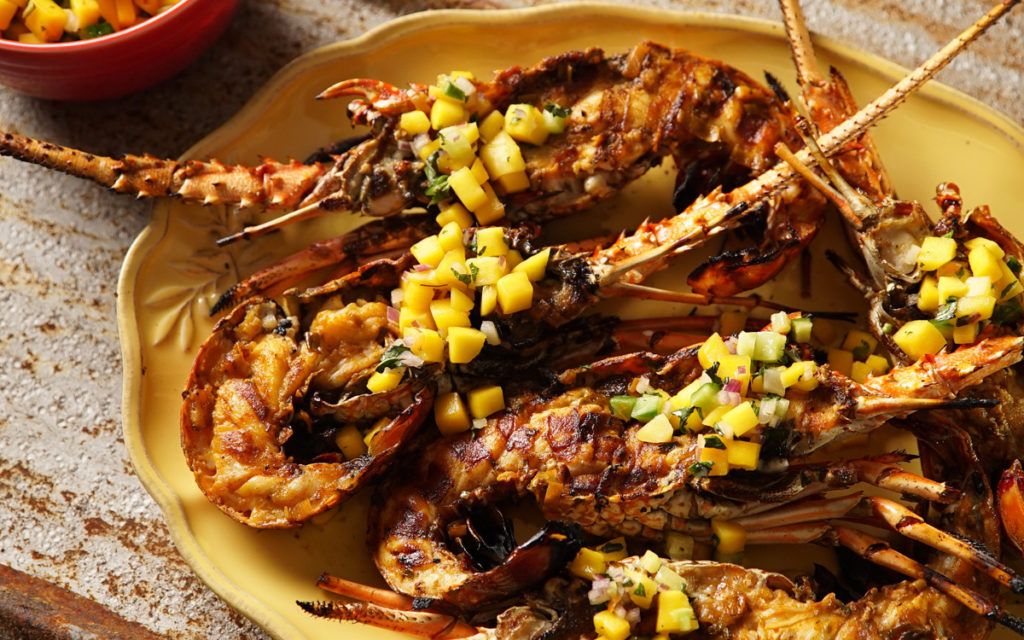
Grilled Lobster
Anguilla is known for its succulent grilled lobster, often served with butter or local sauces. Lobster is a specialty on the island, and you’ll find it prepared in various ways at many of the local restaurants.
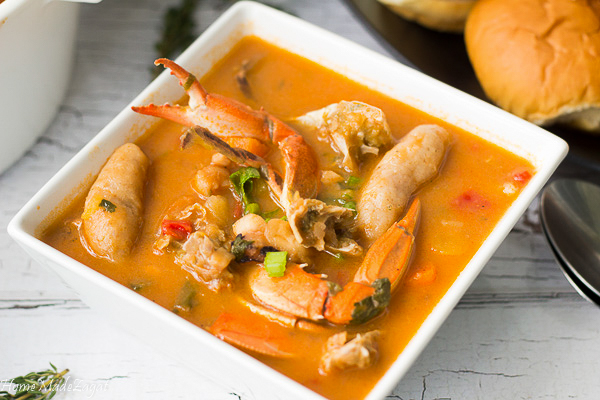
Crayfish Soup
Crayfish, similar to small lobsters, are commonly used in Anguillian cuisine. Crayfish soup is a traditional dish made with crayfish, vegetables, herbs, and spices, resulting in a flavorful and hearty soup.
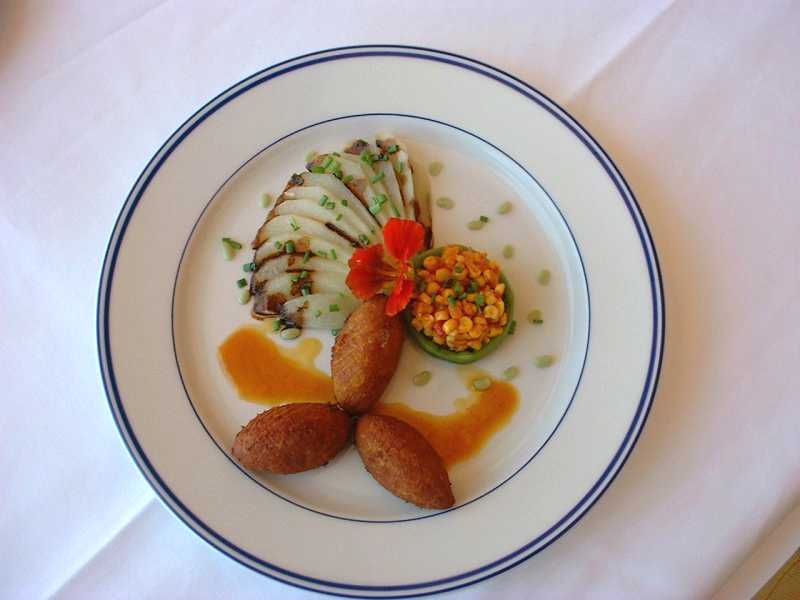
Conch Fritters
Conch is a type of large sea snail commonly found in the Caribbean. In Anguilla, conch fritters are a popular appetizer or snack. They are made by combining minced conch meat with herbs, spices, and batter, and then frying until golden and crispy.
Here are some typical foods you can find in Anguilla:
Saltfish and Johnny Cakes: Salted and dried codfish, known as saltfish, is a popular ingredient in Anguillian cuisine. It is often served alongside Johnny Cakes, which are fried or baked bread-like rolls made from cornmeal or flour.
Coconut Tart: Anguilla is abundant in coconut palms, and coconut-based desserts are popular on the island. Coconut tart is a sweet treat made with shredded coconut, sugar, spices, and a buttery crust. It’s a delicious and indulgent dessert.
Pigeon Peas and Rice: Pigeon peas, a type of legume, are often cooked with rice and various seasonings, creating a flavorful and comforting dish. Pigeon peas and rice are a staple in Caribbean cuisine, including Anguilla.
Fresh Seafood: Given its location, Anguilla offers an abundance of fresh seafood options. Local fish such as mahi-mahi, snapper, grouper, and tuna are commonly served grilled, pan-fried, or steamed, highlighting their natural flavors.
Mangoes and Papayas: Tropical fruits like mangoes and papayas are widely available in Anguilla. They are often enjoyed fresh or used in fruit salads, smoothies, or desserts, providing a burst of sweetness and tropical goodness.
The island’s cuisine embraces its natural resources and Caribbean influences, resulting in a delightful fusion of flavors.
Transportation 🚥
More information about this country
Choose your destination 📍🗺
Useful Links ✅

























